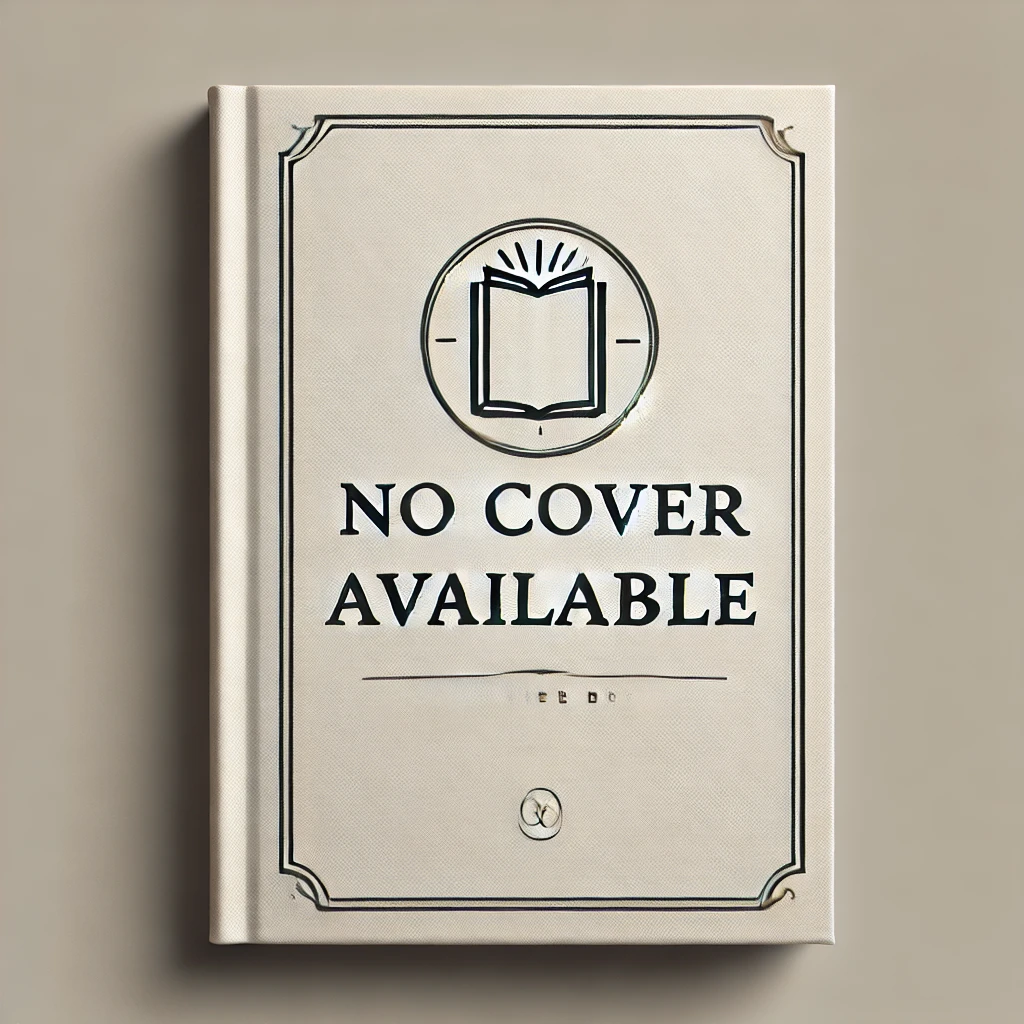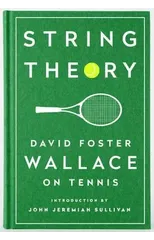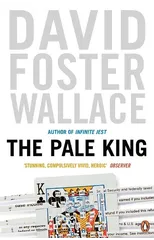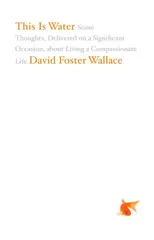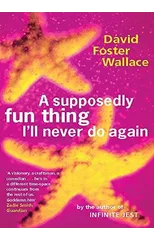In the second volume of The Story about the Story, editor J. C. Hallman continues to argue for an alternative to the staid five-paragraph-essay writing that has inoculated so many against the effects of good books. Writers have long approached writing about reading from an intensely personal perspective. Never before collected in a single volume, these many essays demonstrate new possibilities for how to write about reading. They offer lessons from a remarkable range of celebrated authors, amounting to an invaluable course on how to both write and read. Whether they discuss a staple of the canon (Thomas Mann on Leo Tolstoy), the merits of a contemporary (Vivian Gornick on Grace Paley), a pillar of genre-writing (Jane Tompkins on Louis L’Amour), or, arguably, the funniest man on the planet (David Shields on Bill Murray), these essays are by turns poignant, smart, suggestive, intellectual, humorous, sassy, scathing, laudatory, wistful, and hopeful — above all deeply engaged in a process of careful reading. The essays in The Story about the Story Vol. II dig deep into the past and aim toward a future where literature plays a profound role in how we think, read, live, and write.
David Foster Wallace
David Foster Wallace was an American novelist, essayist, and professor known for his complex, innovative writing style and exploration of contemporary American culture. His most notable works include the novel "Infinite Jest," a sprawling, dense epic that has become a cult classic, and the essay collection "A Supposedly Fun Thing I'll Never Do Again." Wallace's writing is characterized by its wit, intelligence, and deep insight into the human condition. He is considered one of the most influential writers of his generation, and his work has had a lasting impact on the literary world. Tragically, Wallace struggled with depression and took his own life in 2008 at the age of 46.
